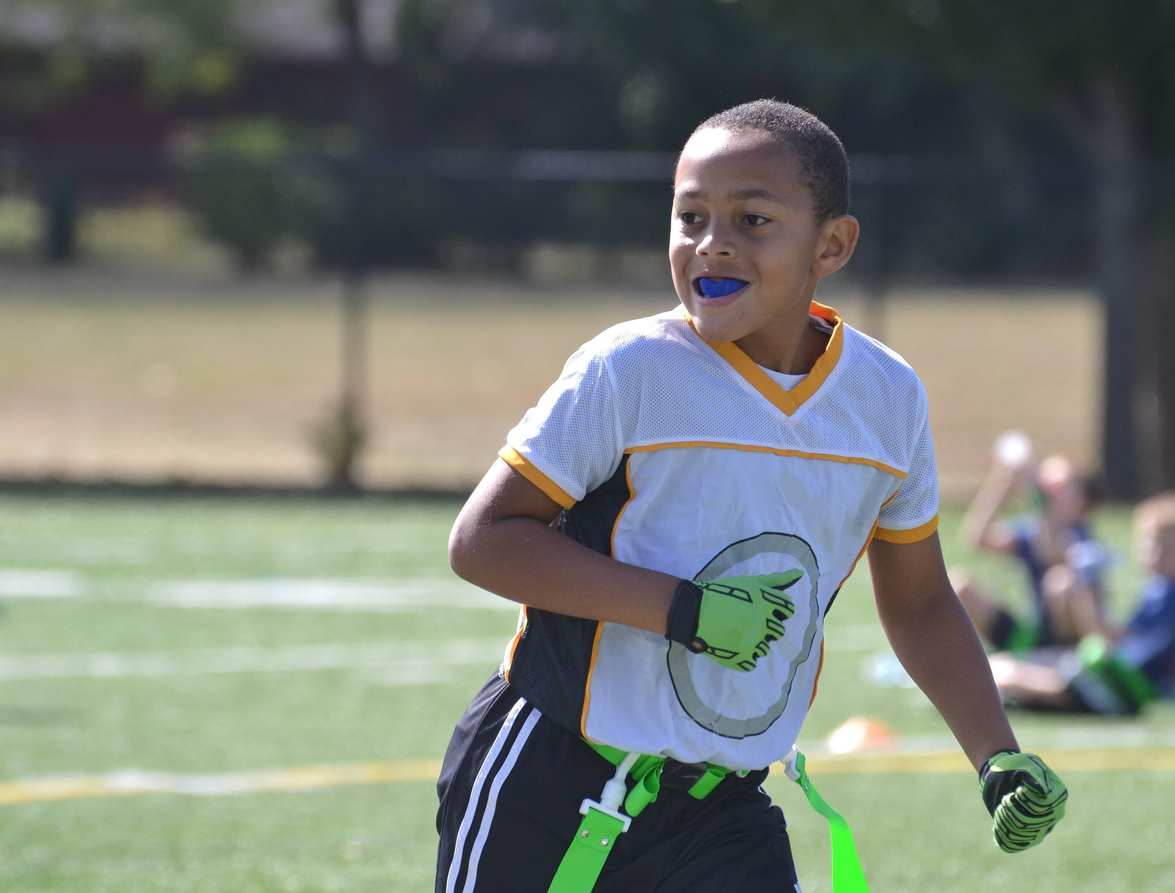As a parent of an active teen, you’ve got plenty on your mind before a sports outing — finding that missing cleat, grabbing a clean jersey from the dryer, and more make getting ready for child’s game day hectic.
If your teen recently got braces, protecting those shiny metal brackets during the game may be a new worry to add to the list.
April is National Face Protection Month. Injuries to your teen’s teeth, mouth, and jaw are the most common type of sports injuries.
A fast-moving puck or lacrosse ball could knock out a tooth. Or your soccer star could break a bracket while jumping for their next game-winning header.
Mouthguards are an affordable and easy way to help keep your child’s smile safe while playing sports. Mouthguards are designed to absorb the impact of a collision during contact sports and to protect your child’s teeth and mouth from injury.
And with the right type of mouthguard, maintenance, and care, your child can safely wear mouth guards with braces.
Why Should You Wear a Mouthguard?
Research by the American Dental Association shows that players who didn’t wear a mouth guard had a higher risk of mouth and teeth injury.
Mouthguards are an important way for your child to keep their smile safe while staying active. Broken brackets or wires can be painful, and can impact how well their braces work.
Your teen’s braces are an important investment that mouth guards can help protect. A mouthguard acts as a protective layer to protect your teen’s teeth, lips, and braces from being harmed during a collision with another player, ball, or the ground.
Mouthguards also offer full-mouth protection by preventing sensitive areas of their mouth — like their cheeks and lips — from getting cut by their braces while playing sports.
When Should You Wear a Mouthguard?
Your child should wear a mouth guard during high-contact sports like hockey, soccer, lacrosse, basketball, and wrestling. They should also wear one during outdoor activities that could involve hard falls on concrete, like skateboarding and biking.
The good news is, mouth guards are easy to maintain and keep in good working shape. Because mouth guards attract bacteria while in your teen’s mouth, it’s important to keep your mouthguard clean by rinsing it in cool, soapy water after each use (hot water can ruin the shape of your mouthguard, so stick to cold water!).
When they’re not using their mouthguard, be sure they store their mouthguard in a strong, vented plastic container to keep it safe.
Because the material of a mouthguard can get thinner and less protective over time, researchers recommend replacing a mouthguard at the end of the season or after 6 months.
Main Types of Mouthguards
Quality mouth guards are made of a strong thermoplastic or high-quality silicone material that can be shaped to fit your smile.
An effective mouthguard should be comfortable, meaning your child can breathe and speak freely when it’s in their mouth. With braces, your teen’s mouthguard should be large enough to safely fit over their braces, while still feeling secure.
Some mouth guard styles even have rubber edges that fit under your teen’s lip to stop them from catching on your braces or falling out during a game.
There are three main types of mouthguards that vary in style and cost:
1. Custom-made Mouthguards
A custom-made mouthguard is made by your dentist or orthodontist. To help make the fit as comfortable as possible, your dentist or orthodontist takes an impression of your teeth to create a clay mold, which is used to design the mouthguard.
Your dentist or orthodontist can also safely take an impression of your child’s braces by putting soft wax over their braces to prevent the clay mold from getting stuck in the metal brackets.
Because custom-made mouthguards are specially designed to fit your mouth, they’re the most comfortable option out there. They can also last longer than store-bought mouth guards, making them a good choice for your active child who plans on playing sports for years to come.
Custom-made mouth guards can be more expensive than other mouthguard styles. And while custom-made mouthguards can last for several years, they’re not designed to be remolded.
If your child’s mouth is growing or their teeth are moving fast because of their braces, a custom-made mouthguard might be a better option. A custom mouthguard is also a great way to protect your child’s newly-straightened smile after their braces come off.
Be sure to talk to your orthodontist about payment options if you’re interested in a custom mouthguard.
2. Boil and Bite Mouthguards
A boil and bite mouthguard can be molded to fit any smile like a custom-fit mouthguard. But these mouthguards don’t require getting an impression or making a visit to your orthodontist.
A boil and bite mouthguard gets its name from the molding process. To mold a mouth guard to the shape of your mouth, you boil the mouth guard in hot water before pressing it to your mouth to make an impression.
The heat from the water helps the material bend to fit the shape of your mouth. A boil and bite mouthguard can be molded multiple times, which makes it a great option for your teen’s changing mouth.
A boil and bite mouthguard is the best of both worlds. It’s moldable, but also affordable and easy to find at your local sporting goods store.
3. Stock or Generic Mouthguards
A stock mouthguard is ready to wear, but not moldable to your child’s specific smile. While stock mouth guards are often the most affordable option, they are pre-formed and may not be as safe or secure while playing sports.
Generic mouthguards can also make breathing and talking harder because they can’t be shaped to fit a specific smile. Generic mouth guards may be a great temporary solution, but for long-term protection, a custom-made or bite and boil mouthguard are your safest option.
Best Mouthguards for Braces
While all mouthguards have their pros and cons, the best mouthguard to protect braces and a changing smile is a bite and boil mouth guard.
Bite and boil mouthguards are re-moldable, so as your child’s teeth get adjusted by braces, you can remold a bite and boil mouth guard to fit their changing smile.
There are also brands of bite and boil mouth guards specifically designed for braces. When choosing a mouthguard, be sure to look for brands that have been approved by the American Dental Association to ensure safety and comfort.
While most mouthguards are designed to be worn on your child’s upper teeth, if your child has lower braces, you may want to find a style that covers both upper and lower teeth to help protect their entire mouth.
While the ADA strongly encourages mouthguards to protect braces, make sure your teen is careful when removing their mouthguard after playing sports. After a big game or long sporting event, mouthguards can stick to their braces and cause discomfort.
If sticking happens, use warmer water and cotton balls to safely remove the mouthguard and keep it from damaging your child’s braces.
If your child also wears a retainer, they shouldn’t wear their retainers while playing sports. Retainers are fragile and expensive to replace. Mouthguards can be used as a replacement for retainers while playing sports, and retainers can be kept in a safe place until ready to wear again.
What to Do If Your Child’s Braces Break During Sports
If their braces do break while being active, it’s important to make an appointment with your orthodontist to help take care of the damage.
You can also take a few easy steps to prevent injury and further damage to broken braces while you wait to see your orthodontist. Check out our guide for helpful tips on caring for your braces at home during a braces emergency.
Come in for a Complimentary Invisalign® Consult
With the right mouthguard, braces won’t stop your teen from being a star on the field this season!
Mouthguards are a good way to protect your child’s smile during the sports season. Clear aligners like Invisalign are another powerful way to both straighten and protect your teen’s teeth.
Premier Orthodontists are recognized by Invisalign as Invisalign Top 1% Super Elite Providers. We offer clear aligners that are custom-fitted to your child’s teeth and worn continuously to correct mild to moderate orthodontic conditions. And in some cases, aligners can double as tooth protection, too.
You and your teen can come in for a complimentary Invisalign consult at any of our Premier Orthodontic locations. Schedule your consult today >

